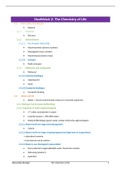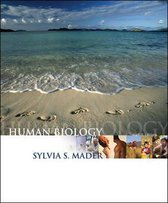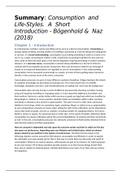Summary
Alomvattende samenvatting Menselijke biologie en ziekteleer/ Human biology (Nederlands)
- Course
- Institution
- Book
Een uitgebreide samenvatting voor het vak 'Menselijke biologie en ziekteleer/Human biology' met grote slaagkans. Deze samenvatting is gebaseerd op het boek "Human Biology" van Sylvia Mader en aangevuld met de hoorcolleges. Dit is een eerstejaarsvak aan de KU Leuven. De samenvatting is in het Nederl...
[Show more]





